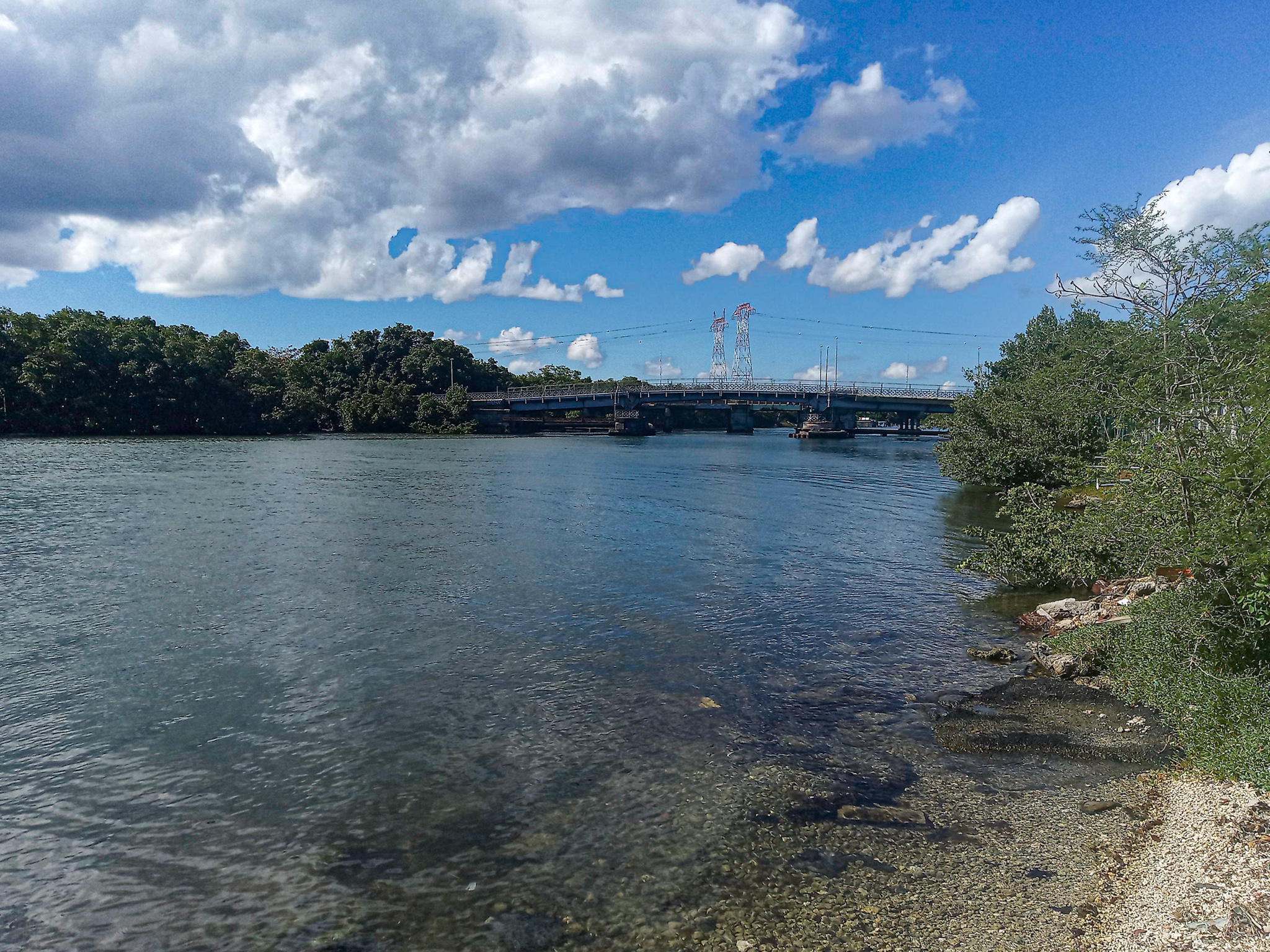CREDITS
The participants in this discussion (and their corresponding screen names) were:
Kenneth Bilby, Smithsonian Institution (kbilby)
Marlene Daut, University of Virginia (MLDAUT)
Laurent Dubois, Duke University (duboismusicalpassage)
Anne Eller, Yale University (aee54)
Marc Fields, Emerson College (thebanjoproject)
David Garner, University of South Carolina (DaveGarner)
& David Garner’s Duke Talent Identification Program Class (DukeTIPStudents)
Kim F. Hall, Barnard College (ProfKFH)
Jessica A. Krug, George Washington University (Jessica_Krug)
Jeffrey Menzies, Instrument Maker (jeffmenzies)
Patricia van Leeuwaarde Moonsammy, Dickinson College (PvanLeeuwaardeMoonsammy)
Mary Caton Lingold, Virginia Commonwealth University (marycatonlingold)
Gregory Pierrot, University of Connecticut at Stamford (GregPierrot)
Richard Rath, University of Hawai’I at Mānoa (rcrath)
Pete Ross, Instrument Maker (PeteRRoss)
Rebecca Geoffroy Schwinden, University of North Texas (Rebecca_Geoffroy_Schwinden)
Matthew Smith, University of the West Indies (MatthewJSmith)



